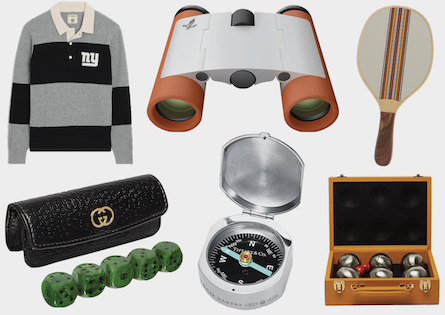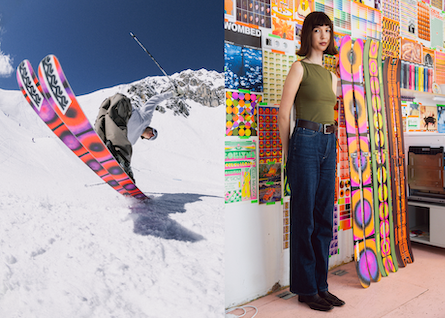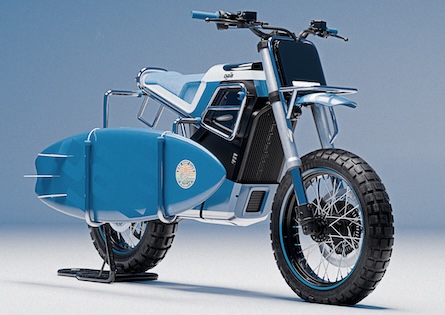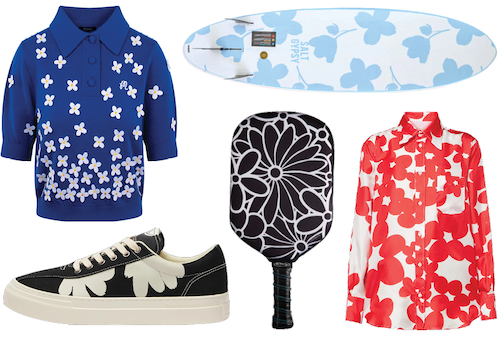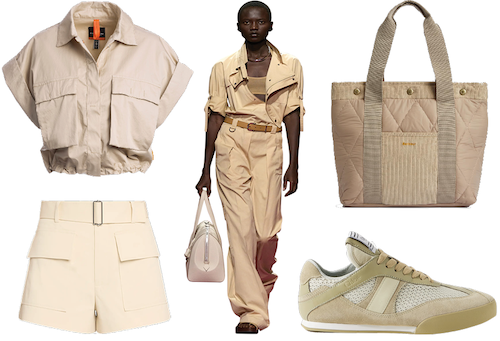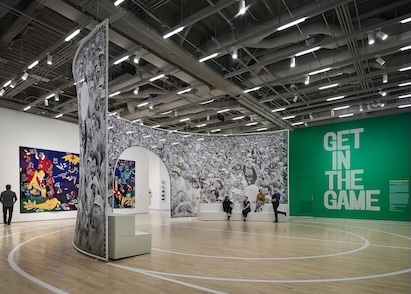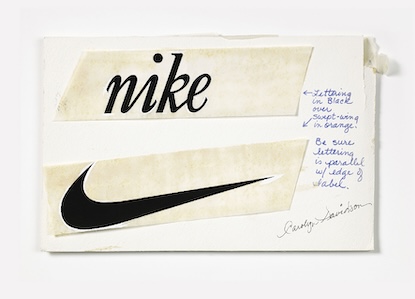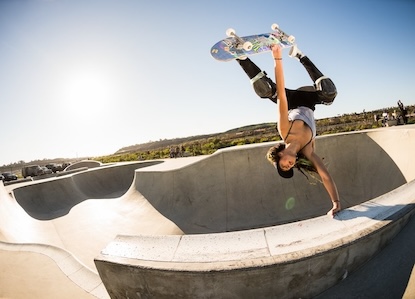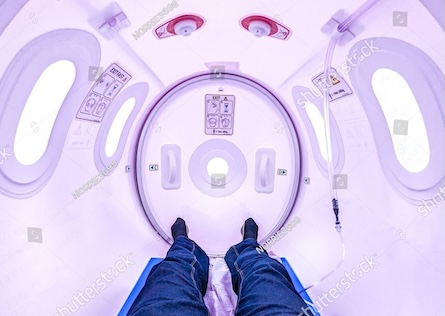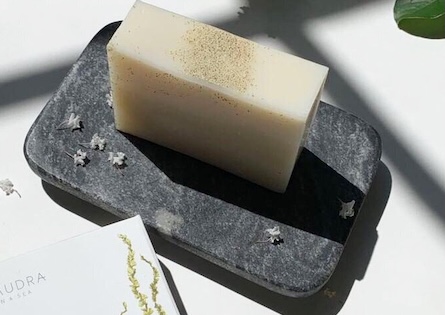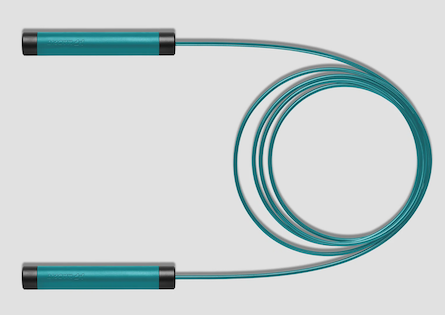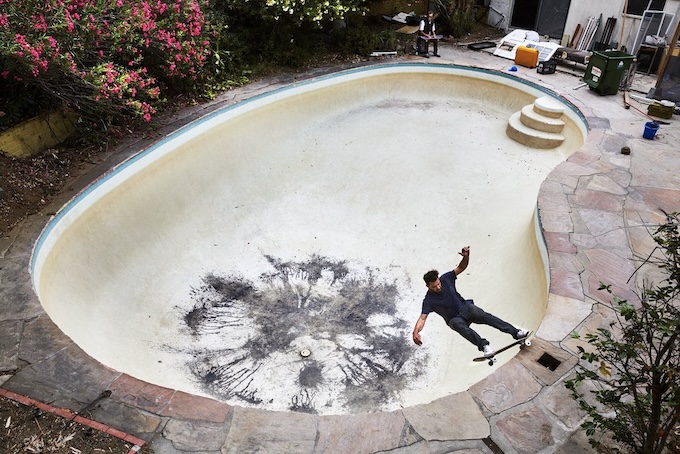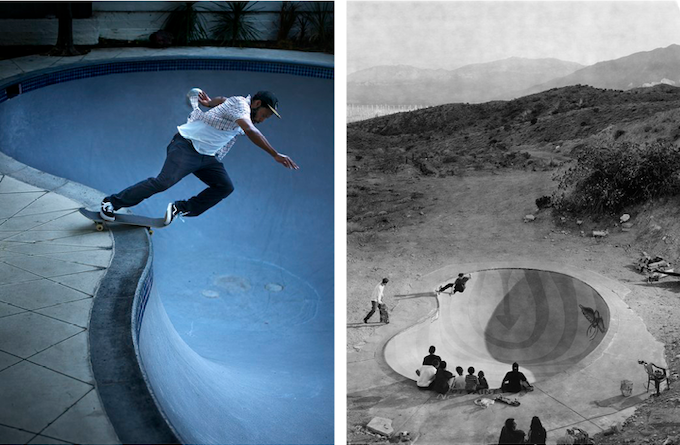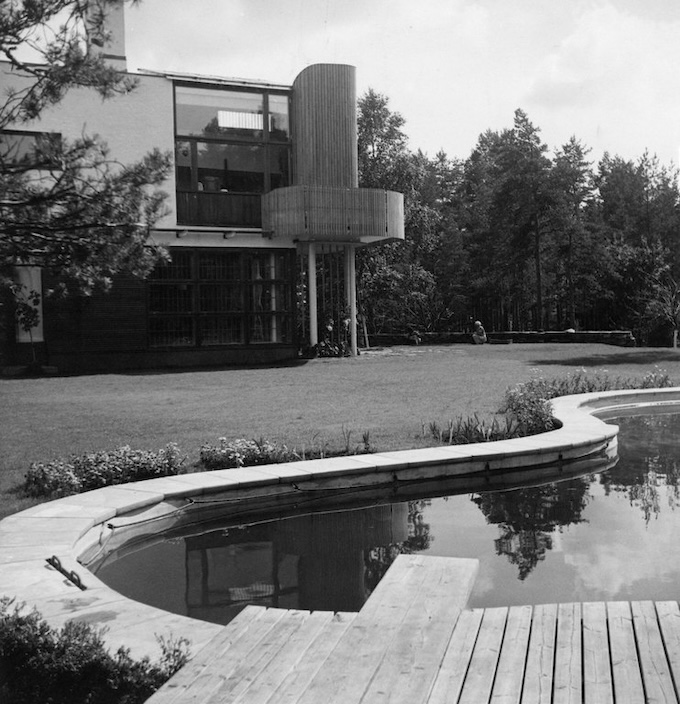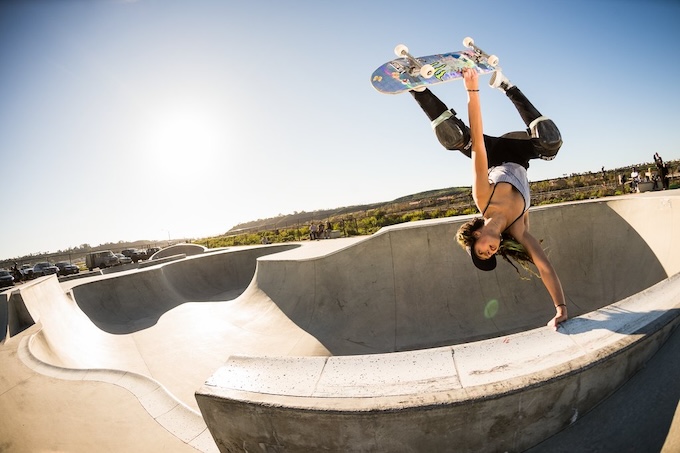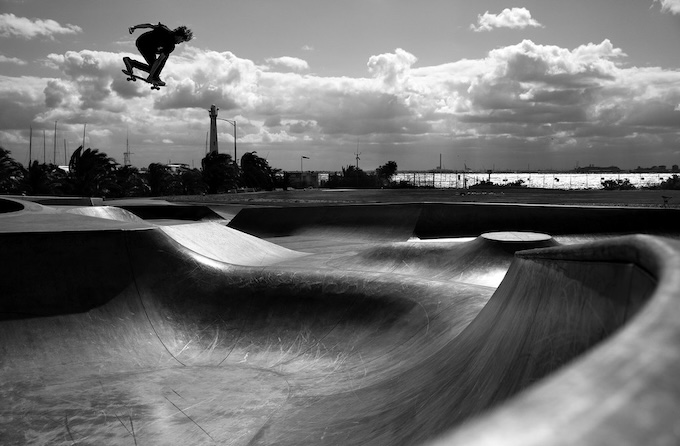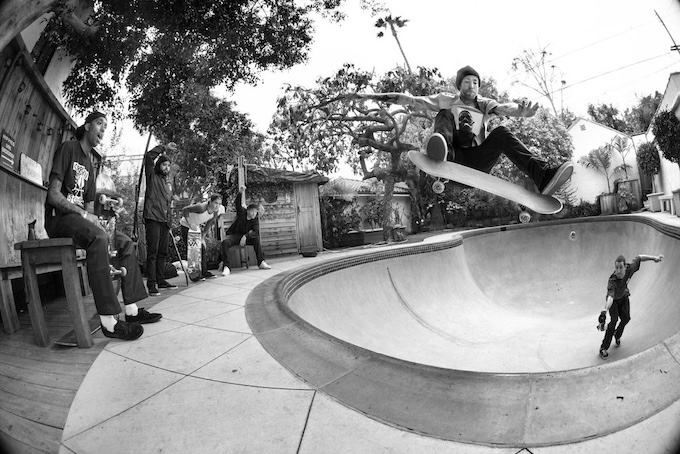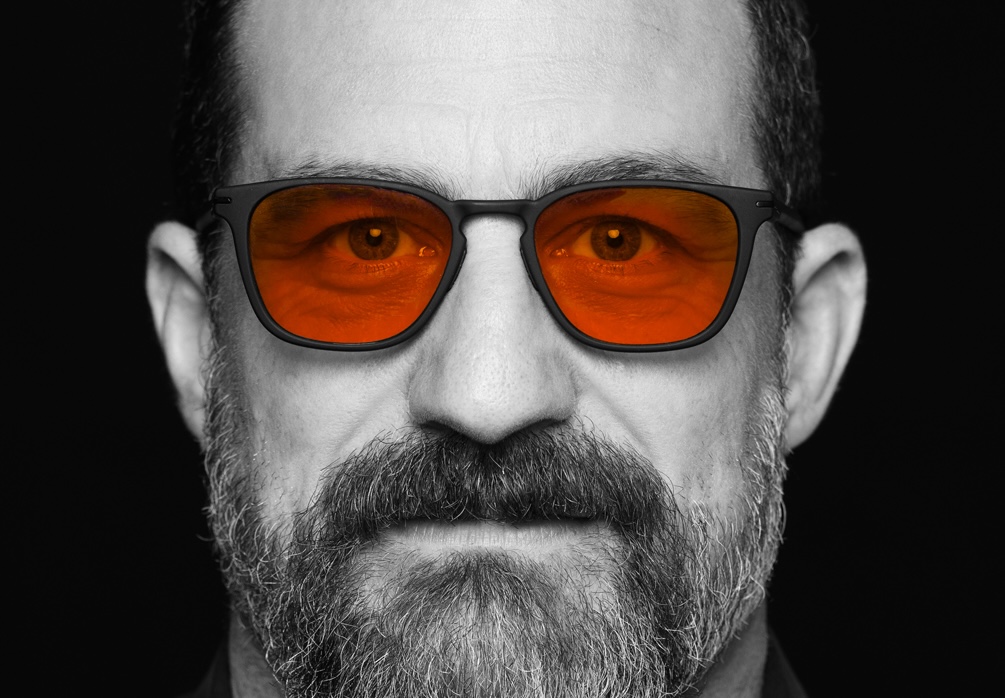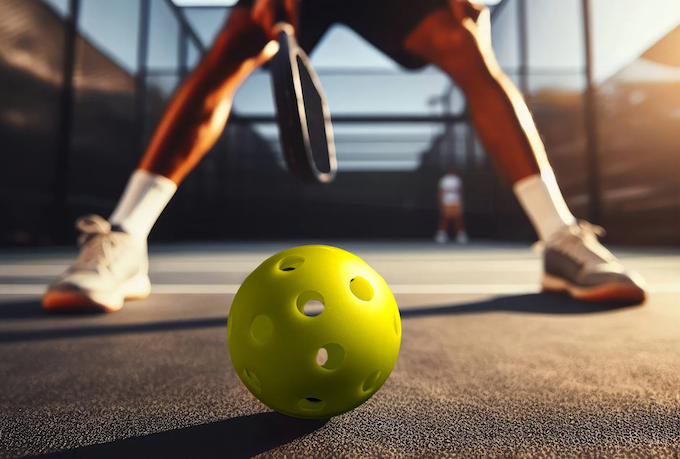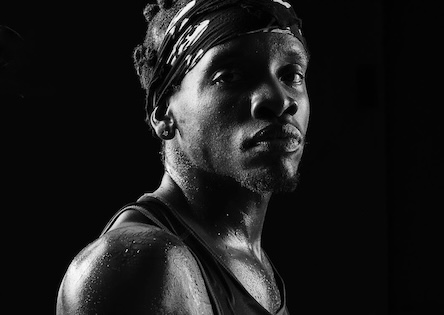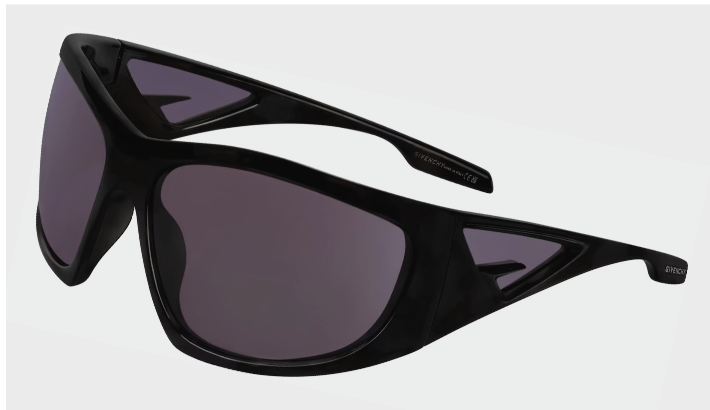CLOCKWISE FROM TOP: HORNES NEST, 2016, ARTO SAARI; RAY BARBEE, POOLTOWN, 2012, ARTO SAARI; RUNE GLIFBERG, 2015, ARTO SAARI
Now on view through September 2024 at the Aalto2 Museum Centre in Jyväskylä, Finland is The Pool – The Origin of Pool Skateboarding, a series of four exhibitions that explore the pool design of legendary Finnish architect Alvar Aalto, and its intersection with international skateboarding culture, as well as rap and hip-hop culture.
Three exhibitions focus on skateboarding, and the theme of the kidney-shaped design of the swimming pool at Aalto’s Villa Mairea that influenced Southern California pool design and skateboard culture. The fourth exhibition delves into the history of Finnish rap and the significant role of Central Finland in shaping the nation’s hip-hop culture.
Aalto2 Museum Centre is a unique meeting place of architecture, design and cultural heritage in the heart of Central Finland, and fulfills Alvar Aalto’s desire to create a forum to bring together a variety of art forms. It combines two buildings designed by Aalto: the Museum of Central Finland and the Alvar Aalto Museum.
The exhibition, From the Surf to the Sidewalk, shows how the design of the Villa Mairea swimming pool made its way to the United States, and how the free form pool evolved as a symbol of skateboarding. The design traveled from Finland to the United States with architect Thomas Church, who designed the famous Donnell Ranch and its iconic kidney-shaped pool in Sonoma, California in 1948.
ALVAR AALTO, VILLA MAIREA 1937-1939
From there the design language spread to other parts of California. When Californian’s had to empty their pools during the drought of the 1970s, skateboarders discovered these amorphous bowls and made them their skate playgrounds.
The exhibition is a crash course in skateboarding culture. It presents and explores the relationship between skateboarding and architecture, and also delves into the world of music, magazines, films, skateboard graphics, style, clothing, street skateboarding, and skateparks.
The exhibition continues with Lizzie Armanto: Colors and showcases skateboarding culture through the eyes of the renowned American-Finnish professional skateboarder Lizzie Armanto. As its name suggests, Colors is all about the diversity, tolerance, and colorfulness found in skateboarding. The exhibition explores its topic from the points of view of places, tricks, skateboards, and communities.
TOP: LIZZIE ARMANTO, SAD PLANT, OCEANSIDE, CA, 2017, BURNETT; CURREN, 2013, ARTO SAARI
The exhibition features, Lizzie, a fan of Aalto, showing her favorite places, and discussing her relationship with Aalto. ”When you start skateboarding, you suddenly see your surroundings in a new way, in a way you haven’t seen before.”
Lizzie represented Finland at the Olympic Games, although she says “competing is not what skateboarding is about, but rather everyone is encouraged to try tricks that are right just for them. Skateboarding is very much about personal expression, and skateboards are an important part of this.” The exhibition showcases Lizzie’s journey in the Olympics and some of her favorite skateboards.
Concrete Currents – Photographs by Arto Saari showcases the work of professional skateboarder turned photographer, Arto Saari: “It has been amazing to see how Alvar Aalto’s design has broken down barriers and created a new living organism. I don’t know what Alvar’s goals were when he designed the swimming pool at Villa Mairea, but ultimately it became much more than just a swimming pool.”
ANDREW REYNOLDS FS FLIP, 2012 ARTO SAARI
Arto Saari started skateboarding in the early 1990s in the shade of buildings designed by Alvar Aalto in the centre of the city of Seinäjoki, Finland. After turning sixteen he moved to Los Angeles, California, to pursue a career as a professional skateboarder. In the early 2000s, Saari became one of the most famous professionals in the sport and was named “Skater of the Year” by Thrasher magazine in 2001. The title is recognized globally as one of the highest accolades that a skateboarder can achieve.
After leaving professional skateboarding, Arto Saari turned his focus to photography. His unique ability to capture raw emotion and energy in his photographs quickly earned him international recognition. Arto’s photographs do not solely focus on skateboarding but also on street culture, music, and the humanity of life.
Images Courtesy of Aalto Museum Centre

